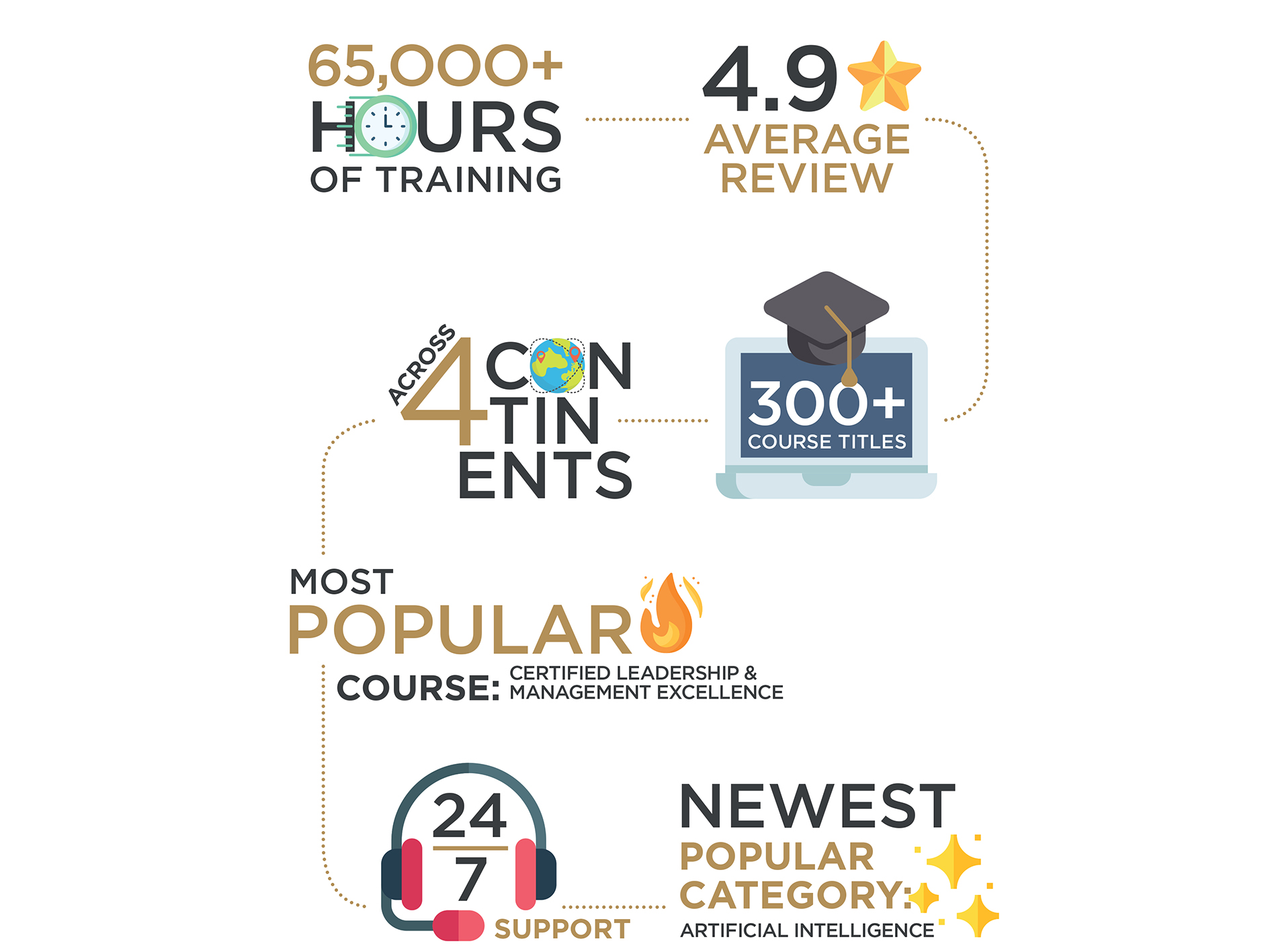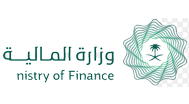As the year draws to a close, businesses and individuals will take a step back to reflect on the past year's financial performance and prepare for the year ahead. Effective budgeting and forecasting can be pivotal for setting the right course for future growth, reducing costs, and improving financial control. In this blog post, we'll walk through essential components of the year-end budgeting process and budgeting strategies.
This article will cover:
1. What is the Planning Process?
2. Definition of Budgeting and Key Budgeting Strategies
3. Budgeting and Planning
4. Capital Budgeting
5. Budgeting and Control
-
What is the Planning Process
The first step in year-end financial planning is to gather data from the current year. This includes reviewing revenue and expense reports, cash flow statements and any significant financial events that impacted the year. It's also essential to analyse financial KPIs to see how closely your actual numbers aligned with previous forecasts.
Once you have reviewed these data, set measurable objectives for the upcoming year. These goals should align with broader business aims: expansion, debt reduction, or improved profitability. With a clear vision, you can create a structured budget reflecting these priorities.
2. Definition of Budgeting and Key Budgeting Strategies
Budgeting is the process of allocating resources according to financial goals. Effective budgeting is more than simply forecasting revenue and expenses—it's a strategic approach that aims to optimise financial resources and control costs.
There are several common strategies used in budgeting:
- Incremental Budgeting is based on last year's budget with incremental increases or decreases. This method is straightforward and effective for businesses with predictable revenue.
- Zero-based budgeting requires justifying each expense from scratch, not relying on historical budgets. It helps the situation when every penny must be scrutinised.
- Activity-based budgeting (ABB) focuses on budgeting based on activities that drive costs. It is ideal for businesses looking to allocate resources to high-impact areas.
- Value Proposition Budgeting ensures that every budget item provides value to the organisation. If an expense cannot be justified by its contribution to the business, it is eliminated.
Each method has strengths and is suitable for different organisational needs and goals. Choosing the right strategy depends on factors like company size, industry and financial objectives.
3. Budgeting and Planning
Budgeting and planning go hand in hand. While budgeting is about setting spending limits and allocating resources, planning is defining the financial roadmap for achieving broader goals. This includes not just setting targets but also developing tactics to achieve them.
A cohesive budget and plan should cover short-term operational needs as well as long-term investments. Building a buffer into your budget can also prevent financial disruption; therefore, a contingency plan is required to set aside unexpected costs or economic changes.
4. Capital Budgeting
Capital budgeting involves assessing long-term investments and determining whether they are financially viable. These investments often include equipment, facilities, technology or product development. Capital budgeting is essential for companies looking to expand operations or improve efficiency through new assets.
First, to set up capital budgeting, you need to identify potential investments. Then, evaluate projects or purchases that align with long-term strategic goals. Second, to estimate cash flows associated with each investment. Third, use metrics like Net Present Value (NPV), Internal Rate of Return (IRR), and Payback Period to determine which investments provide the best return. Finally, consider the potential risks of each investment, especially those related to market conditions or economic shifts.
Capital budgeting helps ensure that major expenditure contributes meaningfully to the company's objectives and financial stability.
5. Budgeting and Control
Effective budgeting requires ongoing control and adjustments. A budget should be reviewed regularly to ensure it aligns with changing circumstances.
Here are a few techniques to maintain control over your budget:
- Variance Analysis: Regularly comparing actual spending with budgeted figures. Identify variances, and if they're significant, investigate the root causes.
- Adjusting for New Information: Use rolling forecasts or flexible budgets that can be adjusted as new information emerges.
- Regular Reviews: Conduct monthly or quarterly budget reviews to ensure that spending aligns with both short-term and long-term goals.
Budget control is essential to prevent overspending and ensure resources are being allocated efficiently. This ongoing process of monitoring and adjustment is vital to achieving financial stability and meeting organisational goals.
Enhancing Your Financial Planning Skills
Are you considering joining a professional training course to maximise the impact of your budgeting skills and strategies? London Training for Excellence offers a comprehensive training course, the Budgeting, Forecasting and Planning Programme, that enhances your skills and insights into effective budgeting strategies, capital planning and financial control.
Written by London Training for Excellence Team
About the author:
The author is a passionate advocate for continuous learning and professional development. With a rich background in training and consultancy, the author had the privilege of working with diverse industries across the globe, helping professionals sharpen their skills and excel in their careers.
All Courses
 Business Administration
Business Administration
 Chemical Engineering
Chemical Engineering
 Communications and Public Relations (PR)
Communications and Public Relations (PR)
 Compliance and Legal
Compliance and Legal
 Contract and Project Management
Contract and Project Management
 Customer Experience and Relationship Management
Customer Experience and Relationship Management
 Energy and Sustainability
Energy and Sustainability
 Finance and Accounting
Finance and Accounting
 Health, Safety and Environment
Health, Safety and Environment
 Human Resources and Talent Development
Human Resources and Talent Development
 Industrial Manufacturing and Production
Industrial Manufacturing and Production
 Innovation and Artificial Intelligence (AI)
Innovation and Artificial Intelligence (AI)
 Leadership and Management
Leadership and Management
 Oil and Gas
Oil and Gas
 Procurement & Supply Chain Management
Procurement & Supply Chain Management
 Quality and Productivity
Quality and Productivity
 Retail and E- Commerce
Retail and E- Commerce
 Sales and Marketing
Sales and Marketing
 Sports Event Management and Operations
Sports Event Management and Operations
 Strategy and Business Planning
Strategy and Business Planning
 Sustainability and CSR
Sustainability and CSR
Learning Solutions
iLearn Blog
About Us
 Directory Calendar
Directory Calendar
 Contact Us
Contact Us
All Courses
 Business Administration
Business Administration
 Chemical Engineering
Chemical Engineering
 Communications and Public Relations (PR)
Communications and Public Relations (PR)
 Compliance and Legal
Compliance and Legal
 Contract and Project Management
Contract and Project Management
 Customer Experience and Relationship Management
Customer Experience and Relationship Management
 Energy and Sustainability
Energy and Sustainability
 Finance and Accounting
Finance and Accounting
 Health, Safety and Environment
Health, Safety and Environment
 Human Resources and Talent Development
Human Resources and Talent Development
 Industrial Manufacturing and Production
Industrial Manufacturing and Production
 Innovation and Artificial Intelligence (AI)
Innovation and Artificial Intelligence (AI)
 Leadership and Management
Leadership and Management
 Oil and Gas
Oil and Gas
 Procurement & Supply Chain Management
Procurement & Supply Chain Management
 Quality and Productivity
Quality and Productivity
 Retail and E- Commerce
Retail and E- Commerce
 Sales and Marketing
Sales and Marketing
 Sports Event Management and Operations
Sports Event Management and Operations
 Strategy and Business Planning
Strategy and Business Planning
 Sustainability and CSR
Sustainability and CSR
Learning Solutions
iLearn Blog
About Us
 Directory Calendar
Directory Calendar
Contact Us














































 Course Venue
Course Venue